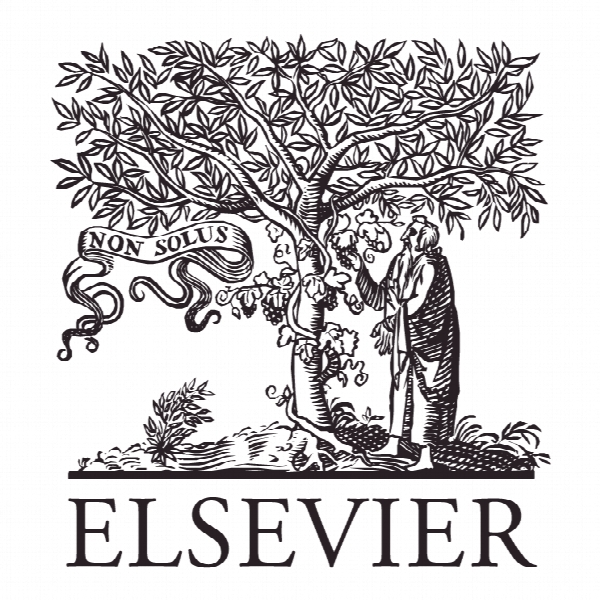جراحی صورت، یا صورت طراح به عنوان کالای مصرفی جدید (Un)saving face, or the designer face as a new consumer commodity
- نوع فایل : کتاب
- زبان : انگلیسی
- ناشر : Elsevier
- چاپ و سال / کشور: 2017
توضیحات
رشته های مرتبط مدیریت
گرایش های مرتبط مدیریت کسب و کار MBA
مجله تحقیقات بازاریابی – Journal of Business Research
دانشگاه دانشکده کسب و کار، سن دیگو، ایالات متحده
نشریه نشریه الزویر
گرایش های مرتبط مدیریت کسب و کار MBA
مجله تحقیقات بازاریابی – Journal of Business Research
دانشگاه دانشکده کسب و کار، سن دیگو، ایالات متحده
نشریه نشریه الزویر
Description
1. Introduction: are you proud of your nose? The girl’s eyes are softly closed, her gently tightened lips are stretched in a light smile, and the overall look of her face profile hints at the sweet bliss the young female is experiencing at this very moment. The billboard copy reads: “Be proud of your nose. Have it done at Wannabe Plastic Surgery clinic.” Another model on the same poster shows off what is described as a “natural eye line,” also crafted at the same clinic. Both females appear to be mature, though their faces look like those of teenagers. The billboard resides on the wall of a subway station in Seoul, next to others promising bigger eyes and v-line shaped chins. These advertisements are close to kiosks and stands selling shoes, bottled water, and rice cakes. The designer face as a new consumer commodity is a focus of this work. Starting with futuristic fiction, the “designer body” idea is moving fast from the exclusive domain of celebrity personalities to the mainstream marketplace (Kim, 2015) and is embraced by consumers working on their identity formation (Shrum et al., 2013). As a result, cosmetic surgery to alter facial features is becoming more commonplace as a means to achieve a satisfactory self-concept (Liu, Keeling, & Hogg, 2016). The female face in particular is the topic of this research, because women reportedly make up about 90% of plastic surgery patients (Chang, 2015). On the basic physiological level, the face is the most distinctive human body element that sets a person apart from others. “More than any other part of the body, we identify the face as me or you” (Synnott, 1993, p.73). Unless veiled, the face is always on display, revealing clues about one’s age and racial distinctions, such as the shape of cheekbones, noses, lips, and eyes. In this sense, the face is a powerful communication medium that establishes initial relational ties. Unsurprisingly, consumer behavior studies give due attention to the face, primarily addressing the management of aging faces (Jacoby, 2011; Noble, Schewe, & Kuhr, 2004; Yoon & Cole, 2008) and examining the meaning of wrinkles (Schouten, 1991; Thompson & Hirschman, 1995). This study aims to bring stronger focus to the face by exploring more feature elements yet to be conceptualized in prior consumer studies.


